Is it really organic? – New analytical methods to discriminate between organic and conventional crops
The project AuthenticFood (2011-2015) developed and tested a wide range of analytical methods for their ability to discriminate organic and conventional plant products. The researchers concluded that plants contain unique chemical fingerprints from their growth environment including the soil mineralogy and fertilization history.
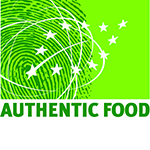
This means that with the right combination of analytical methods it may be possible in the near future to verify where and how a plant has been grown. This article is focussing on the stable isotope signature of plants, which is already used in practice for authenticity testing of organic products. The work of AuthenticFood is continued in several on-going research projects.
More cases of fraud
European consumers are increasingly aware of, and interested in, the origin and quality of food products. This has resulted in an impressive gain in organic market shares even though organic products are usually more expensive than their conventional counterparts. At the same time, the increasing demand for organic produce has resulted in cases of fraud in which conventional products have been sold as organic. Consequently, reliable analytical methods to authenticate whether or not plant products comply with the organic regulations are urgently needed.
New analytical methods have been developed and validated
In the AuthenticFood project a wide range of analytical methods to determine the authenticity of organic plant products were developed and tested. The methods included analyses of pesticide residues, metabolites, mineral elements and variations of selected elements – also known as stable isotopes (see fact box below). These methods were tested on plant samples (tomatoes, bread wheat and durum wheat) obtained from controlled field trials, on-farm trials or directly from growers in Denmark and Italy.
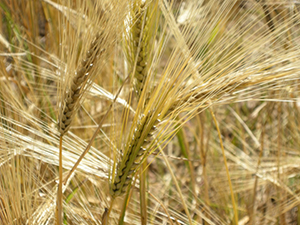
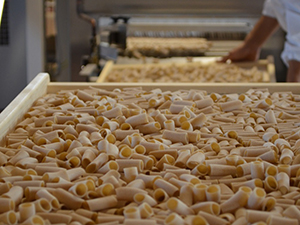
Picture 1: Italian durum wheat production.
Picture 2: Production of pasta for AuthenticFood.
Pesticide residue analysis is insufficiently sensitive
The analytical activities of AuthenticFood revealed several unexpected results. First of all, it was demonstrated that pesticide residue analysis is insufficiently sensitive to discriminate organic and conventional plant products. This result is important as pesticide residue analysis still represents the most widely used analytical method for organic authenticity testing.
The AuthenticFood partners did also demonstrate that the metabolic and elemental composition of crops is strongly affected by the growth location. For example, a clear separation between tomatoes from northern and southern Italy was obtained using these methods. This holds interesting perspectives as geographical adulteration/fraud is frequently reported for numerous food products. The project findings are thus of relevance for the food sector in general and will be further explored in the ongoing FP7 EU research project FoodIntegrity.
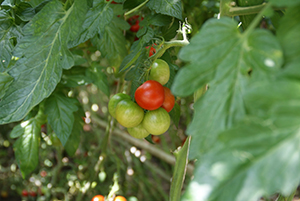
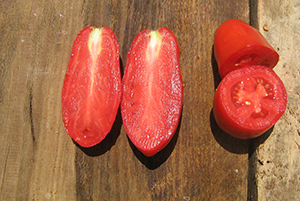
Analytical methods to reveal the fertilization history of crops
Stable isotope ratio analysis of especially nitrogen is increasingly being used for authenticity testing of organic crops and today several commercial laboratories provide this service. This relies on the fact that the fertilization history of crops is reflected in their nitrogen isotope composition. Plants fertilized with synthetic fertilizers can thus be discriminated from plants receiving animal manure based on this parameter. This is partly due to different isotope signatures of these fertilizers when applied to a crop.
These differences often get even more pronounced as organic fertilizers are mineralised by soil micro-organisms prior to plant uptake of essential nutrients. However, AuthenticFood showed that nitrogen isotope data should be interpreted with caution. It was demonstrated that organic plants fertilized with legume based green manures had nitrogen isotope data similar to conventional plants receiving synthetic fertilizers. Further method developments were therefore required.
Improving the methods for stable isotope analysis
When the limitations of traditional stable isotope ratio analysis of nitrogen had been demonstrated, several AuthenticFood partners zoomed in on the isotopic signatures of specific plant compounds. This work resulted in novel methods for stable isotope analysis of amino acids and plant derived nitrate and sulphate. When applying these methods to the AuthenticFood samples it was demonstrated that the limitations of traditional nitrogen isotope analysis could be eliminated.
The compound-specific stable isotope analysis provided additional information and could in most cases discriminate organic and conventional plants across different fertilizer management strategies, growth years and geographical locations. What is pending now is a profound understanding of the biology and the chemistry behind these differences. This work is therefore continued in several ongoing research projects such as the Danish COM-ISO project.
Fact box on stable isotopes Most elements of the periodic table are “mixtures” of two or more stable isotopes. Stable isotopes of the same element have a similar number of protons while the number of neutrons differs. For example, nitrogen does exist as the light 14N isotope and the heavy 15N isotope. Both isotopes consist of 7 protons but do also have either 7 or 8 neutrons. This means that the ratio between these isotopes can be measured by advanced analytical equipment such as Isotope Ratio Mass Spectrometry (IRMS) and can be used for authenticity testing of organic plant products. |
“One-size-fits-all”-method not yet available
Consumers can thereby – to a greater extent – be sure that they receive what they have requested and paid for. However, further developments and basic scientific studies are still required before compound-specific stable isotope analysis can be implemented as a routine method for authenticity testing.The AuthenticFood results demonstrated that current analytical methods that are widely used for organic authentication cannot stand-alone and results must be interpreted with caution. None of the methods are able to verify if all regulations of organic plant production have been correctly followed. However when combined, and when taking the new results generated in AuthenticFood into account, certifiers and control bodies have the possibility to conduct a knowledge based evaluation of the authenticity of organic products.
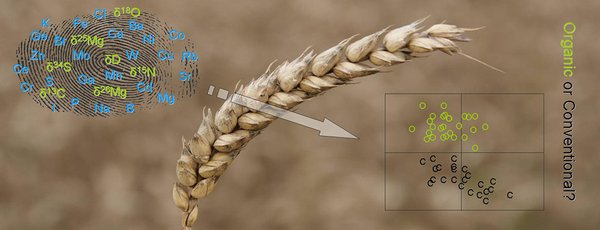
Plants contain unique chemical fingerprints from their growth environment including the soil mineralogy and fertilization history.
Want to know more?
Visit the AuthenticFood project website: http://www.coreorganic2.org/
The FoodIntegrity project: https://secure.fera.defra.gov.uk/foodintegrity/
The COM-ISO project: http://plen.ku.dk/english/research/plant_soil/nutrition/com-iso/
Database with AuthenticFood publications: http://orgprints.org/
Contact
Project coordinator Søren Husted and project manager Kristian Holst Laursen
University of Copenhagen
Faculty of Science
Department of Plant and Environmental Sciences
E-mails: shu@plen.ku.dk, holst@plen.ku.dk
Selected publications
Muilwijk, M.; Heenan, Samuel and van Ruth, Saskia (2015) Impact of Production Location, Production System, and Variety on the Volatile Organic Compounds Fingerprints and Sensory Characteristics of Tomatoes. Journal of Chemistry, 2015, pp. 1-7.
Paolini M, Ziller L, Laursen KH, Husted S and Camin F (2015) Compound-specific δ15N and δ13C analyses of amino acids for potential discrimination between organically and conventionally grown wheat. Journal of Agricultural and Food Chemistry, 63: 5841-5850.
Laursen KH,; Schjoerring JK,; Kelly SD, Husted S (2014) Authentication of organically grown plants – advantages and limitations of atomic spectroscopy for multi-element and stable isotope analysis. Trends in Analytical Chemistry, 59, pp. 73-82.
Laursen, K.H.; Mihailova, A.; Kelly , S.D.; Epov, V.N.; Berail, S.; Schjoerring, J.K.; Donard, O.F.X.; Larsen, E.H.; Pedentchouck, N.; Marca-Bell, A.D.; Halekoh, U.; Olesen, Jørgen E. and Husted, S. (2013) Is it really organic? - Multi-isotopic analysis as a tool to discriminate between organic and conventional plants. Food Chemistry, 141, pp. 2812-2820.